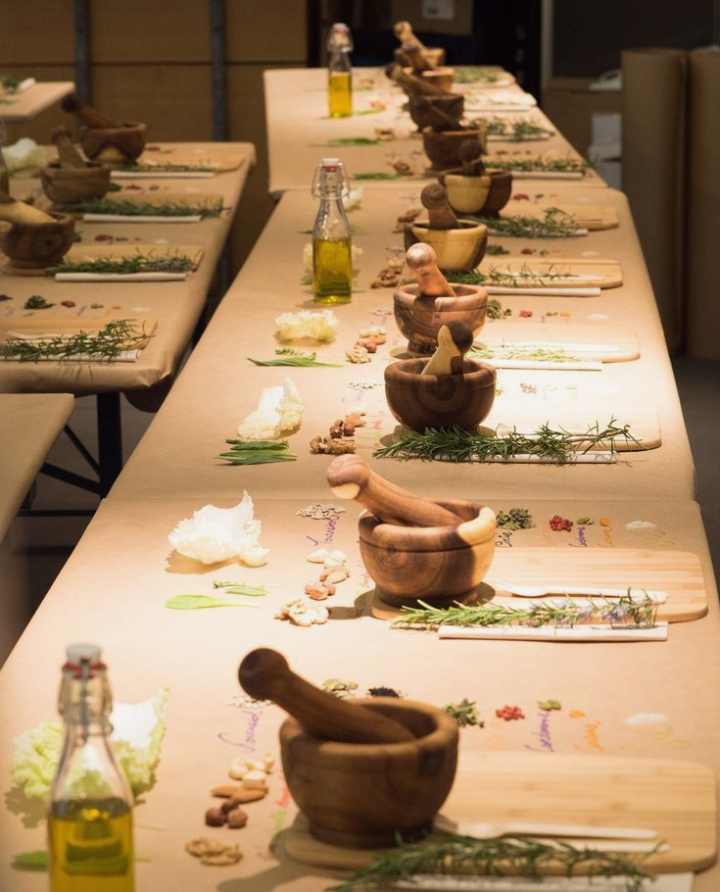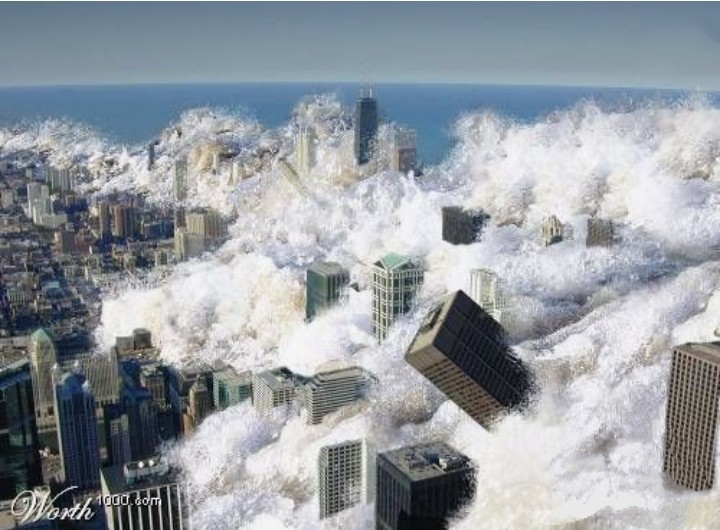physical map of South America & Difference between Carribbean and West Indies
PHYSICAL MAP OF SOUTH AMERICA







About the continent
* 4th largest continent: roughly one- eighth of the land surface of Earth.
* Located in Western Hemisphere and mostly in Southern Hemisphere.
* Equator passes through the northern part and Tropic of Capricorn runs through the middle
* Atlantic Ocean border the continent to the east: Pacific Ocean border on the west and Antarctica Ocean in the South Caribbean Sea creats the northern boundary.
About the continent
Home to worlds :
* Longest mountain ranges Andes
* Largest river Nile
*Driest place on earth Atacama Desert
* Highest active volcano Ojos del Salado
* Highest navigable lake Titicaca
* Highest waterfall Angle fall
Physical Division
* Western Mountains and Highlands
* Eastern Highlands
* Central Lowlands
Western Mountains and Highlands:
* South America primary mountain system is the Andes.
* World's longest continental mountain range about 7000 k.m (4350miles) long.
* Stretches through the entire continent in North - South direction from Isthmus of Panama to Strait Magallan
* Part of seven countries: Venezuela, Colombia, Ecuator, Peru , Bolivia, Chile, Argentina.
* Hundrad of peaks more than 4,500 meters tall many of which are volcanic ( part of Pacific ring of fire)
North Andes
* Mount Chimborazo and Mount - cotopaxi are active volcanic peak.
Central Andes ( widest):
* Altiplano/Andean / Bolivian plateau+ the second - highest Plateou in the world.
* Lake Titicaca ( largest in South America) and Lake Poopo
* Includes Atacama Desert the driest non- polar desert in the world. Between Chilean Coast Ranges and Andes.
South Andes
* Highest peak in Andes - Mount Aconcagus (6,962m) in Argentina, near chile border - continent highest point also highest peak outside Asia.
* Includes highest active volcano in the world, Ojos del Salado (6893) lies on Argentina and Chile border.
Eastern Highlands:
* Older than the Ands - made up of very old rocks and from an undulating surface with gentle slopes.
* Consist of 3 main plateau:
- Guiana Highlands/ Shield
- Brazilian Highlands
- Patagonia Highlands
Guiana Highlands/Shield
* Craton- 1.7 billion - years old Precambrian
* It lies to north of Amazon and Orinoco Basins.
* It is known for the highest waterfall in the world - Angle falls (979m) high - on river Caroni in Venezuela
* Acts as the driver between Amazon and Orinoco basins.
Brazilian Highlands
* Brazilian Highlands covers most of eastern southern and central portions of Brazil.
* Includes -:
- plateau of Mato Grasso
* Plateau of Borborema
* Parana and Paranuay rivers in the Brazilian Highlands.
Patagonian Plateau
* Semiarid Scrub Plateau that covers nearly all of you southern portion of mainland Argentina
* Also known as Patagonian Desert/ Patagonian Steppe
* Largest desert in Argentina and is 8th largest desert in the world by area.
* Located primarily in Argentina and is bounded by Andes in west and Atlantic Ocean to its east.
Central Lowlands:
* Lie between Andes Eastern Highlands and covers more than half of continents area.
* Mostly Sparsely populated because of leached soils. But Pampas in Argentina are very fertiles.
Lowlands consists of 3 River Basins
* Llsnos Basin - created by Orinoco River and it's tributaries
* Selvas Basin- fromed by Amazon and it's tributaries
* Amazon - world's largest River by volume. This Basin is covered with Equatorial Rain forest ( Lungs of the world)
* La Plata Basin- created by Parana, Paraguay and other rivers. This Basin froms an estuary known as Rio- de- La Plata. Which serves as an excellent harbour.
South America Physical Features
* Islands Gulfs and Straits rivers,waterfallslakes deserts Grasslands.
* 12 Sovereign States ( countries) -
1) Argentina
2) Brazil
3) Colombia
4) Guyana
5) Peru
6) Bolivia
7)chile
8) Ecuador
9) Paraguay
10) Surname
11) Uruguay
12) Venezuela
3 Overseas Territories
1. French Guiana ( France)
2. Falkland Islands ( U.K)
3. South Sandwhich Island ( U.K)
Islands:
* A number of noted island group are usually affiliated with the physical region of South America
* Galapagos Islands - territory of Ecuador
* Falkland Islands - ( also known as the Malvianas) overseas territory of UK.
* Eastern Island and Robinson Crusoe Island in the Pacific Ocean - controlled by chile
Galapagos Islands
* Also known as the Columbus Archipilago
* It comprises 18 major islands, three small islands, and many islets
* It is archipelago of volcanic islands distributed on either side of equator in Pacific Ocean
* Archipilago sits at the Galapagos Triple Junction, an area where 3 tectonic plates meet - Pacific, Nazca and Cocos plates
* Islands contributed immensely to scientist Charles Darwins evolution theory and natural selection concept
* Galapagos national park, established in 1959, first in Ecuador, a UNESCO World Heritage site.
Gulfs:
* Gulf of Guayaquil - west of Ecuador in Pacific Ocean
* Gulf of Penas- Southern chile in Pacific Ocean
* Gulf of San Jorge - East of Argentina in Atlantic Ocean.
* Gulf of San Matias - North of Valdes Peninsula ( Argentina) in Atlantic Ocean
Straits and Passages:
Magellans strait
* Navigable Sea route in Southern chile separating mainland south America to the North America Tierra dal Fuego to the south.
* Considering most important natural passage between Atlantic and Pacific Ocean.
* Was discovered and st traversed by Spanish expediteionof Ferdinand Magallan in 1520 after whom it is named.
Darke Passage: Body of water between South America Cape Horn ( Chile) and the South Shetland Islands of Antarctica.
Rivers
Four drainage system - cover about ⅔ of the continent:
1. Amazon
2. Paraguay - Parana- Uruguay ( Rio de la Plate)
3. Orinoco
4. Sao Francisco
Amazon river system
* Largest river in the world by Volume.
* World's second largest river of the world ( 6,400km) after Nile river of Africa.
* Source: Central Peruvian Andes
* Headwaters: Maranon and Ucayali rivers.
* It escapes Andes through narrow canyons(Pongons)
* Flows between Guiana Highlands and Brazilian Highlands
* Mouth - Atlantic Ocean
* Amazon rainforest is a tropical rainforest - covers most of the Amazon basin ( Selvas) of South America
. Paraguay, Parana and Uruguay Drainage System
* Paraguay River rises in the Mato Grosso region of Brazil and emptied into Parana River
* Uruguay River is the shortest of three, it flows east of the Parana
* Parana and Uruguay empty into Rio de la Plata ( estuary on east coast of South America between Uruguay and Argentina )
* Montevideo ( capital of Uruguay) and Buenos Aires ( capital of Argentina) are on the shores of this estuary.
Orinoco River Basin
*Source - Guyana Highlands
*Flows through vast grasslands ( Savana) region of the Lanas plains and drains approximately 4th - 5th of Venezuela 1-4th of Colombia
* Near to its mouth on Atlantic Ocean, from its delta
Sao Francisco River
* South America 4th largest drainage system
* Flows entirely within Brazil
Waterfalls :
Angel Waterfalls
* Located in Venezuela
* World's tallest uninterrupted Waterfall (979m)
* Made on river Chrun, tributary of Caroni River, which is a tributary of Orinoco River
* The waterfall drops from Auyan- tepui mountain in Canaima National Park, a UNESCO world Heritage site in Bolivia state.
Other Waterfalls -
* Iguazu Falls ( Argentina, near Brazil Border) on Parana River system
* Guaira Falls ( Brazil and Paraguay) Parana River system
* Catarata Gocta ( Peru) Amazon River system
Topical Grasslands
Lianos- Tropical Grassland situated to east of Andes in Colombo and Venezuela
Selvas- Equatorial Rain forest of Amazon basin
Cerrado- largest savanna region in South America encompasses Central Brazil
Caatinga - Thorny scrubland in N.E Brazil.
Pantanal ( Marshes):
* World's largest tropic wetland and world's largest flooded grasslands. IT is located mostly within Brazil, but it extends into Bolivia and Paraguay
* Roughly 80% of the pantanal floodplains are Submerged during the rainy seasons.
Gran Chaco
Tropical and subtropical semi- aird dry broadleaf forest of the Rio de La Plata basin between Andes and Paraguay Parana river.
Temperate Grasslands
Pampas
* Fertiles south America Lowlands - Parana Paraguay plains
* Generally Temperate, gradually subtropical in north and semiarid on western fringes.
* Precipitation evenly distributed throughout the year making the soils appropriate for agriculture
Patagonian Steepps ( also called Patagonia Desert)
* Chile , Argentina and Falkland Islands
* Semi aird and cold shrubby grassland
* Threatened by over grazing by sheep ( merino wools)
* Efforts being made to avoid desertification
Desert
Patagonia Desert
* Cold,Semi Aried Shrubby Grassland, majorly in Argentina
* Largest in South America and 8th largest desert in the world by area
Atacama Desert
* Cold Desert Plateau, majorly in Chile
* Located to the west of Andes mountains
* It is the driest nonpolar desert in the world
Major Lakes
* Lakes Titicaca ( freshwater) :
largest lake in South America (3810m)
* Highest navigable lake in the world
* Located on the border of Bolivia and Peru
* Lake Poopo ( Bolivia)
* Lake Maracaibo ( Venezuela)
- it's Tidal Bay
- one of the major oil
- producing regions
DIFFERENCE BETWEEN The CARABBIAN AND WEST INDIES
The Carabian
* Caribbean Sea , it's surrounding coasts
* It's Islands ( within caribbean Sea or on the edge)
* It related to North America
* Situated largely on the caribbean plate
* The Bahamas - sometimes considered a part of caribbean full member State of the Caribbean community
* Mainland countries Brazil, Guyana, and Suriname considered part of caribbean - full member states of caribbean community and the Association of caribbean states
* Several coastal region of mainland south and Central America seen as part of Caribbean - political and cultural ties
West Indies
* The Caribbean Islands ( within caribbean Sea or on the edge)
* Crescent - shaped group of islands more than 3,200km long separating Gulf of Mexico and Caribbean Sea from the Atlantic Ocean.
* Sorted into 3 main island groups - Lucayan Archipelagos( Bahamas) Greater Antilles and Lesser Antilles
* West Indies was coined by Columbus when he mistakenly called aboriginal people of America ' Indians' Columbus thought he had reached Asia ( and the east Indies) . Back in Spain when his mistake was exposed, he renamed them west Indies
Anglo American and Latin American
* Anglo - U S and Canada
* Latin- Mexico+ Central America+ South America+ Caribbean Islands
* The expression Anglo has came to signify a white, English - speaking North American
* Latin America is generally understood to consist of the entire continent of South America in addition to Mexico. Central America and the Islands of the Caribbean.
* The people of Latin America share experience of conquest and colonization by the Spanish and Portuguese from the late



Comments
Post a Comment